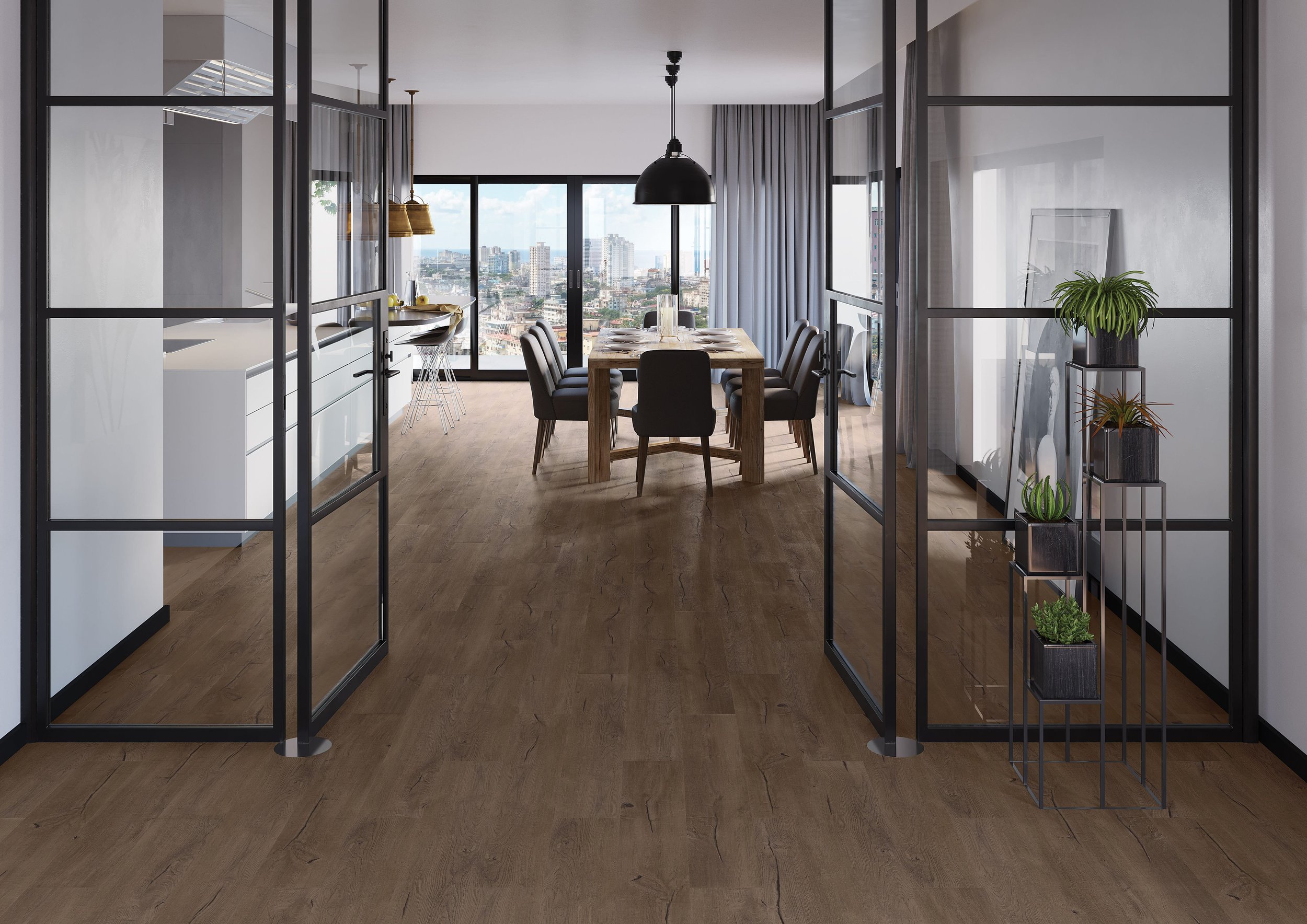What is the Best Flooring for a Conservatory?
Conservatories are beautiful rooms that can be used for many purposes. A calm room used to relax and unwind, a place of total comfort to forget about your troubles. Or it could be a place to sit with friends and family on a bright summer's day. Above all the conservatory is absolutely a room used for leisure. To choose your conservatory flooring, you must choose something not only to match the style and character of the room, but that will withstand the environmental fluctuations from the hot, humid summer days to the dryer, cold winter days.
Viable flooring options for a conservatory include:
Engineered hardwood flooring
Laminate flooring
Vinyl flooring
Things to be mindful of
Conservatories are exposed to a lot of sunlight, so excessive UV exposure can be a risk to floors that are vulnerable to it, resulting in a change of colouration over time. They are prone to getting very hot or very cold as the seasons change, so any flooring that moves excessively as a result of this (and changes in humidity) will not be suitable for a conservatory. A solid wood floor would fall under this category. Additionally, since conservatories are right on the garden’s doorstep, there’s a chance mud or water could breach the interior. The final factor is whether or not underfloor heating is installed in the conservatory, which would also mean only certain types of flooring will be suitable for it.
Laminate Flooring
Laminate flooring in a conservatory is a great choice because not only are laminate floors budget-friendly, they are durable and very easy to maintain. They also won’t move around as much with all of the environmental fluctuations. Not the best choice if you want something completely waterproof, though some laminate floors do come with water resistant wear layers. Though keep in mind that water resistant does not mean waterproof!
Real Wood Flooring
Real wood flooring can be used in a conservatory. But this has to be engineered hardwood flooring and not solid wood flooring. Solid wood will move around too much with the environmental changes and could result in serious damage to both the flooring and the property. Engineered wood flooring is a good real wood option for a conservatory because it does not naturally move around as much as solid wood. This is due to the construction of the plywood core.
The only thing you need to be mindful of with engineered wood flooring in a conservatory is UV exposure from the sunlight. The colour of the wood could fade due to the excessive sunlight. There are finishes that protect against this, and additionally you could frequently move rugs or furniture around to give some shade to the wood.
Vinyl Flooring
In terms of functionality, vinyl flooring is arguably the best choice for your conservatory. Particularly rigid core flooring, otherwise known as SPC, then traditional LVT flooring. There are minor differences, but LVT is more likely to warp under excessive UV exposure, whereas SPC (rigid core vinyl) will not move under any circumstance because it is made out of stone. Both options are fully waterproof and often come with built-in underlay, which further saves on installation costs.
An excellent alternative to wood, these products use ultra high quality images to mimic the look and feel of real wood. Once down they look indistinguishable from the natural product to an untrained eye.


